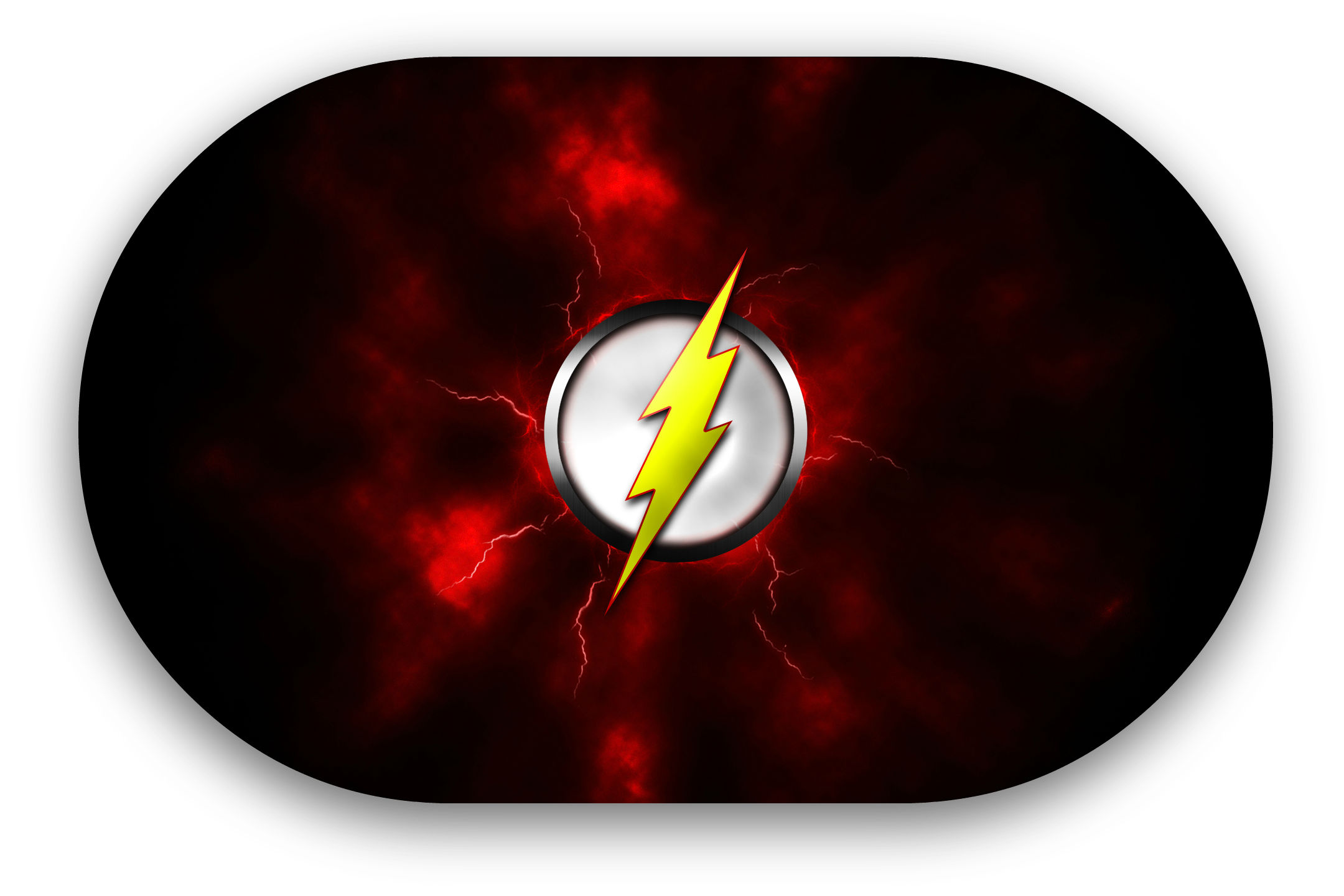
This paper is based on the mechanism that starts the reaction from molecule 10 to molecule 11. Based on the information we have, the reaction receives a platinum catalyst with H2. This breaks bonds between C-C and builds C-H bonds. Ultimately, it forms a carboxylic acid and all C-C bonds are broken down. The reaction is a palladium-catalyzed arylation process. By using pyridine-containing directing groups, it allows C-H sp3 and C-H sp2 carbons to be more reactive, as you can seen in scheme 1. Similarly to our reaction, the platinum increases the certain reactivity of certain C-H bonds. Platinum attached to a carbon, replacing a Hydrogen atom. This is what forces the reactivity to rise. It creates arylated carbon atoms. Thus, the bonds in the molecule 10 move around and react with H2, creating our intermediate molecule 11. This is what allows the carboxylic acid to form with no carbon-carbon double bonds.

Sources Cited:
1) Ritlend, V.; Sirlin, C.; Pfeffer, M. Chem. Rev. 2002, 102, 1731.
The author uses the source as a reference to prove how usually unreactive C-C bonds can be reactive. They prove these through Ru, Rh, and Pd catalysts.
2) Labinger, J.A.; Bercaw, J.E. Nature. 2002, 417, 507 – 514.
The author uses this as a source because it discusses the transformation of C-H bonds to other functional groups through transition-metal centers, such as the catalysts used.
3) Shilov, A.E.; Shul’pin, G.B. Chem. Rev. 1997, 97, 2879 – 2932.
The author uses this as a source because throughout the article it discusses how C-H bonds may be cleaves, especially through metals and ways without metal mechniams.